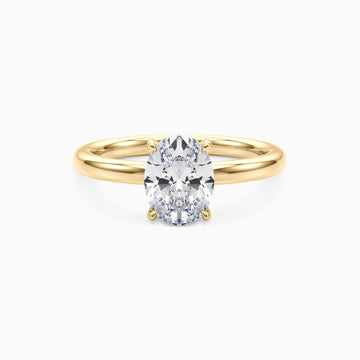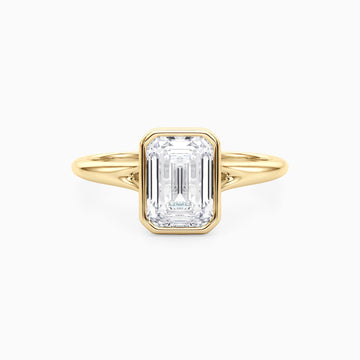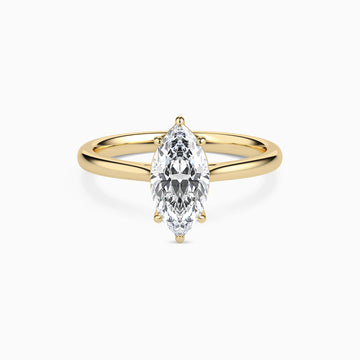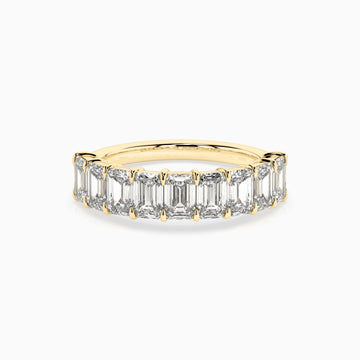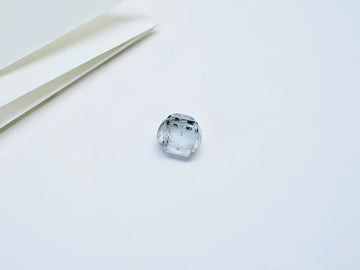NATURAL VS. CULTURED (LAB-GROWN) DIAMONDS
Diamonds have captivated humanity for centuries, celebrated for their brilliance, beauty, and symbolism. Today, they are the ultimate symbol of love and commitment, making them the go-to choice for engagement rings. This tradition dates back to 1477 when Archduke Maximilian of Austria presented the first recorded diamond engagement ring to Mary of Burgundy, setting a precedent that endures to this day.
While natural diamonds are treasures formed deep within the Earth over billions of years, cultured diamonds offer a modern, innovative alternative that mirrors nature's brilliance. At NOBLE, we understand that choosing the right diamond is deeply personal. This guide explores the stories of natural and cultured diamonds to help you make an informed decision.
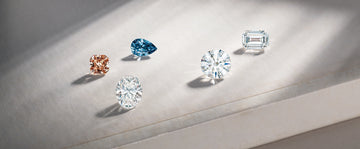
FORMED BY NATURE
NATURAL DIAMONDS
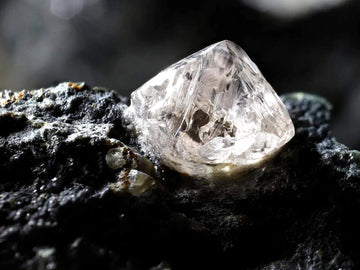
The Formation Process
Natural diamonds are formed over billions of years deep within the Earth's mantle. This unique environment subjects carbon atoms to immense pressure and heat bonding them into a crystal lattice, creating the hardest material on Earth – diamond.
Volcanic eruptions then bring these ancient gems closer to the surface where they are then mined. This rare process, spanning billions of years, makes natural diamonds truly extraordinary.
Unique Characteristics
Each natural diamond carries a story etched in its inclusions and variations, making no two diamonds exactly alike. Their rarity and connection to Earth's history add to their allure, making them a timeless symbol of love and commitment.
Environmental and Ethical Considerations
At NOBLE, we prioritise ethically sourced natural diamonds. Through certifications like the Kimberley Process, we ensure the diamonds we offer are conflict-free, supporting responsible practices across the industry.
CULTURED DIAMONDS
HPHT & CVD
HPHT
HPHT (High Pressure High Temperature) diamonds are created by replicating the natural diamond-forming process, using high pressure and heat to turn carbon into a diamond crystal. This method often produces diamonds with a slight yellow or brown tint, though they can be treated to become colourless or vibrant fancy colours. HPHT diamonds may have tiny metallic inclusions from the catalysts used during growth, but they remain physically and chemically identical to natural diamonds. This process is faster and more cost-effective, making HPHT diamonds an excellent option for those seeking beautiful and ethical stones at a more affordable price point.
CVD
CVD (Chemical Vapour Deposition) diamonds are grown in a controlled environment where carbon atoms are deposited layer by layer onto a substrate, resulting in stunning, high-quality diamonds with fewer inclusions. Often near-colourless when created, they can be enhanced to achieve specific colours or exceptional clarity. This slower process offers precise control over the diamond’s growth, making CVD diamonds ideal for larger, high-clarity stones. With their consistent quality and cutting-edge technology, CVD diamonds are a popular choice for fine jewellery, offering a luxurious, sustainable alternative to natural diamonds.

MAKING THE CHOICE
COMPARING NATURAL & CULTURED DIAMONDS
While natural diamonds are formed over billions of years deep within the Earth and lab-grown diamonds are created using advanced technology in a matter of weeks, both share the same chemical composition, physical properties, and stunning brilliance. Specialised equipment is required to observe the growth patterns that identify a diamond’s origin.
Here are some benefits offered by each diamond origin:
NATURAL
- Formed over billions of years, making them a true natural wonder.
- No two natural diamonds are identical due to their inclusions and variations, adding character.
- Deeply ingrained in traditions and often seen as a symbol of enduring love.
- Associated with exclusivity and rarity, making them highly coveted.
CULTURED
- More cost-effective than natural diamonds of the same quality, allowing you to access higher carat sizes and superior quality for less.
- Produced with a smaller environmental footprint compared to natural mined diamonds.
- Easier to achieve specific size, colour, and clarity preferences due to consistent production methods.
- Chemically, physically, and optically identical to natural diamonds, offering the same brilliance and durability.
- Indistinguishable from natural diamonds to the naked eye.
Ultimately, the choice between the two comes down to personal preference, priorities, and the story you want your diamond to tell. At NOBLE, we are here to guide you through the process, helping you select the perfect diamond to suit your needs and create a piece you’ll treasure forever.
The search for your perfect diamond starts here.
